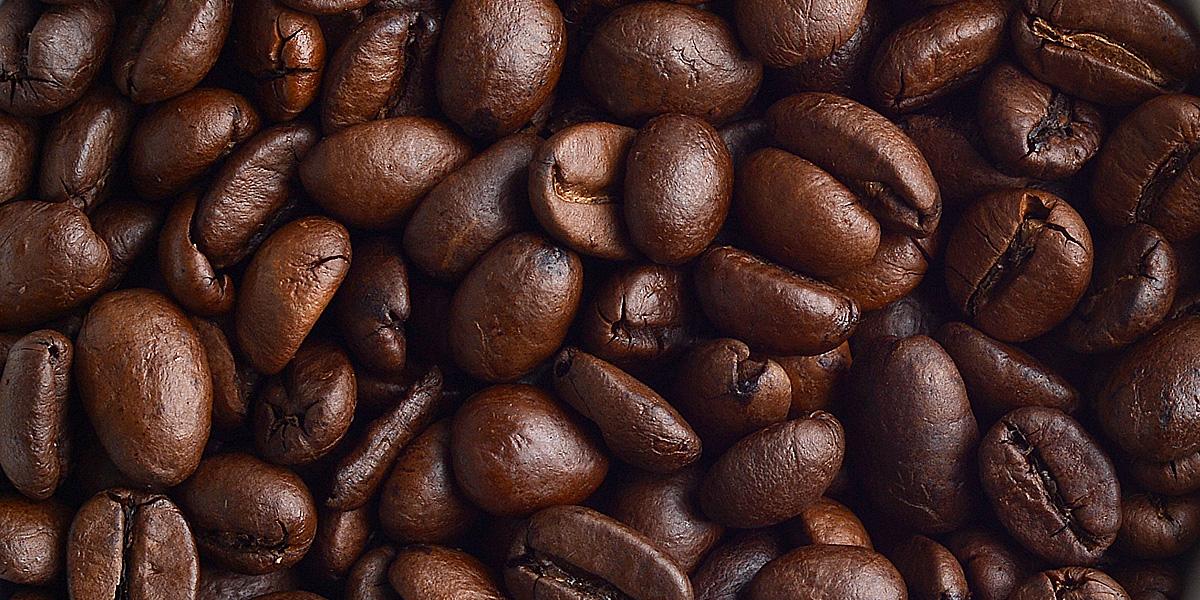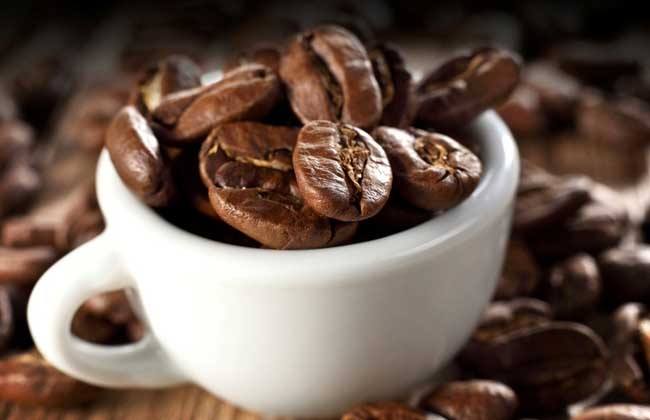Characteristics of Columbia Huilan Coffee, introduction of Colombian Huilan Coffee
Follow the caf é (Wechat official account vdailycom) and found that Beautiful Cafe opened a small shop of its own.
Characteristics of Colombian Coffee
Colombian Coffee-the most memorable flavor
The Colombian super aroma is rich and thick, with clear, high-quality acidity, high balance, and sometimes nutty, lingering aftertaste. In terms of appearance and quality, the Columbia Super Class is quite excellent, just like a woman's vaguely charming, charming and just right, memorable.
The sour, bitter and sweet flavors of Colombian premium coffee match just right. Unique fragrance, after drinking, the aroma fills the whole mouth. Exhale the aroma from the mouth again from the nose, the smell is very full. Perhaps you will find it too domineering, because it will occupy your taste buds, your mind and even your soul as quickly as possible. Why resist it? The life we live in is full of sour, sweet, bitter and astringent, so let the smell of coffee take away everything in the world. What we enjoy is not just a cup of coffee, but also the quiet moment that coffee brings to us.

Colombia's mild climate, humid air, and diverse climate make it a harvest season all year round, with different kinds of coffee ripening at different times. What they grow is Arabica coffee beans of unique quality, and the coffee made from this coffee bean has a rich taste and endless aftertaste, which can be called fine coffee. Nowadays, many people equate "Colombian coffee" with "high quality" and "good taste".
The world coffee is divided into two series, one is the "hard" coffee represented by Brazil, which has a strong flavor, and the other is the "soft" coffee represented by Colombia, which has a light flavor. The difference lies in the altitude of the producing area and the method of planting. Coffee is planted extensively in hilly red soil in Brazil and intensive cultivation in mountain black soil in Colombia.
Colombian coffee has a bitter experience, it is as astringent as life, but bitterness is necessary in life, and the last fragrance at the root of the tongue is a thorough recollection of the past. Looking back on the hardship in the past, I will feel its sweetness and warmth even more, and I want to let the mood stop in the consciousness that begins to awaken for a long time. Suffering is pain, clear and quiet, the last fragrance has become a kind of spiritual victory.
Colombian Coffee (Colombian)
Palate: rich, slightly sour, sweet and bitter.
Background information:
Colombia is the second largest coffee producer after Brazil, the world's largest exporter of Arabica coffee beans and the world's largest exporter of washed coffee beans. At present, coffee is grown in almost all the mountainous areas and surrounding areas of Colombia, and the planting area of coffee has reached 10700 square kilometers (Colombian land area is about 1141748 square kilometers). There are about 302000 coffee plantations in the country, and 30 to 40 per cent of the rural population depends directly on coffee production. Because of its suitable concentration, it is often used in high-grade mixed coffee.
According to historical records, coffee seeds were brought into South America by missionaries around the 18th century, and the first 2560 bags of coffee were exported from the country's Cucuta port a hundred years later in 1835. Meanwhile, a priest named Francisco Romero spread coffee cultivation to many provinces, including Santander, North Santander, Cundinamarca, Antioquia and Caldas. Early Colombian coffee exports were small, and it was not until the second half of the 19th century that the rapid development of the world economy finally gave Colombian coffee merchants a chance to bring their products into the international market. Now the United States, Germany and France have all become big customers of Colombian coffee.
From the 19th century to the early 20th century, accompanied by international price fluctuations and the Thousand-Day War (Thousand Days' War-1899~ 1902, the civil war between the Colombian Conservative Party and the Liberal Party lasted for more than a thousand days, which dealt a severe blow to Colombia's economy and people's livelihood, and divided Panama from the country into an independent country.) The impact of the original main production areas of large farmers, such as Santander (Santander), North Santander (North Santander), Quentila Maka (Cundinamarca), Antiogia (Antioquia) of the coffee industry has been hit hard. At this time, some changes have taken place in the structure of Colombia's coffee industry, and small farmers like this crop, which is highly efficient and easy to manage, so small plantations in the countryside began to rise, and the main producing areas gradually expanded from the middle to the western provinces of Caldas, Valle and Tolima.
In 1927, the Colombian Coffee Growers Association (National Federation of Coffee Growers of Colombia) was established, so that the national coffee market has a unified management and planning, but also more than 500000 coffee producers have been guaranteed.
Important Notice :
前街咖啡 FrontStreet Coffee has moved to new addredd:
FrontStreet Coffee Address: 315,Donghua East Road,GuangZhou
Tel:020 38364473
- Prev

How do you drink Colombian coffee? how does Colombian coffee taste?
Following Cafe Review (Wechat official account vdailycom) found that the Beautiful Cafe opened a small shop of Colombian Coffee: made in Colombia, it has the characteristics of sweet in sour and flat in bitterness, with the right concentration, and is often used in high-grade mixed coffee. The characteristics of Colombian coffee the most memorable flavor of Colombian coffee is the rich and rich aroma of Colombian super-class.
- Next

Columbia Huilan roasting degree, Colombian Huilan coffee history
Following Cafe Review (official Wechat account vdailycom) found that Beautiful Cafe opened a small shop of its own producing area: Huilan Variety: Caturra treatment: washing flavor: full of sour, caramel, sweet nuts, chocolate, with red wine flavor, admirable fruit flavor. Palate: full viscosity, caramel sweetness, supple and pleasant fruit acid. Baking degree: medium and deep baking
Related
- Detailed explanation of Jadeite planting Land in Panamanian Jadeite Manor introduction to the grading system of Jadeite competitive bidding, Red bid, Green bid and Rose Summer
- Story of Coffee planting in Brenka region of Costa Rica Stonehenge Manor anaerobic heavy honey treatment of flavor mouth
- What's on the barrel of Blue Mountain Coffee beans?
- Can American coffee also pull flowers? How to use hot American style to pull out a good-looking pattern?
- Can you make a cold extract with coffee beans? What is the right proportion for cold-extracted coffee formula?
- Indonesian PWN Gold Mandrine Coffee Origin Features Flavor How to Chong? Mandolin coffee is American.
- A brief introduction to the flavor characteristics of Brazilian yellow bourbon coffee beans
- What is the effect of different water quality on the flavor of cold-extracted coffee? What kind of water is best for brewing coffee?
- Why do you think of Rose Summer whenever you mention Panamanian coffee?
- Introduction to the characteristics of authentic blue mountain coffee bean producing areas? What is the CIB Coffee Authority in Jamaica?

